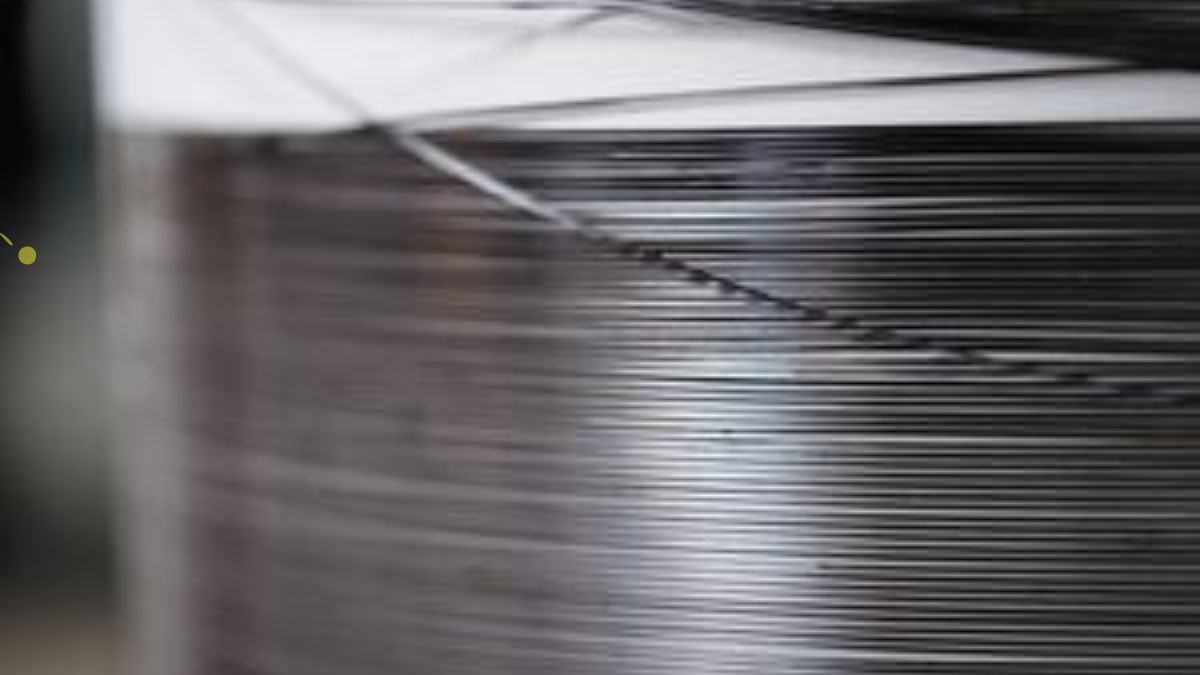Several scientists at Nanyang Technological University, Singapore (NTU Singapore), has achieved a significant milestone in the realm of wearable technology by creating ultra-thin semiconductor fibres that can be seamlessly integrated into fabrics. This breakthrough opens up a world of possibilities for the development of smart wearable electronics that are both flexible and reliable.
Most common challenges in creating functional semiconductor fibres lies in ensuring their flexibility and defect-free nature to maintain stable signal transmission. Conventional manufacturing methods often introduce stress and instability, leading to cracks and deformities in the semiconductor cores, which can severely impact their performance.
To address this challenge, the NTU scientists conducted thorough modelling and simulations to understand the stress and instability issues that arise during the manufacturing process. Their findings highlighted the importance of careful material selection and specific production steps to overcome these challenges.
The research team successfully developed a mechanical design and fabricated hair-thin, defect-free fibres spanning an impressive 100 metres, demonstrating the scalability of their approach. Crucially, these semiconductor fibres can be seamlessly woven into fabrics using existing methods, ensuring easy integration into various wearable applications.
To showcase the quality and functionality of their semiconductor fibres, the NTU research team created several prototypes. These include a smart beanie hat designed to assist visually impaired individuals in safely crossing the road through alerts on a mobile phone application, a shirt that receives and transmits information through an earpiece similar to a museum audio guide, and a smartwatch with a strap that doubles as a flexible sensor for accurate heart rate measurement even during physical activities.
Also, the team believes that their innovation represents a fundamental breakthrough in the development of ultra-long and durable semiconductor fibres.These fibres are cost-effective, scalable and also they also offer exceptional electrical and optoelectronic performance, enabling them to sense, transmit, and interact with light efficiently. This innovation holds the promise of revolutionizing the field of wearable technology, paving the way for the seamless integration of smart electronics into fabrics.


